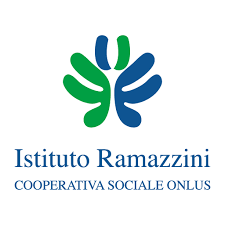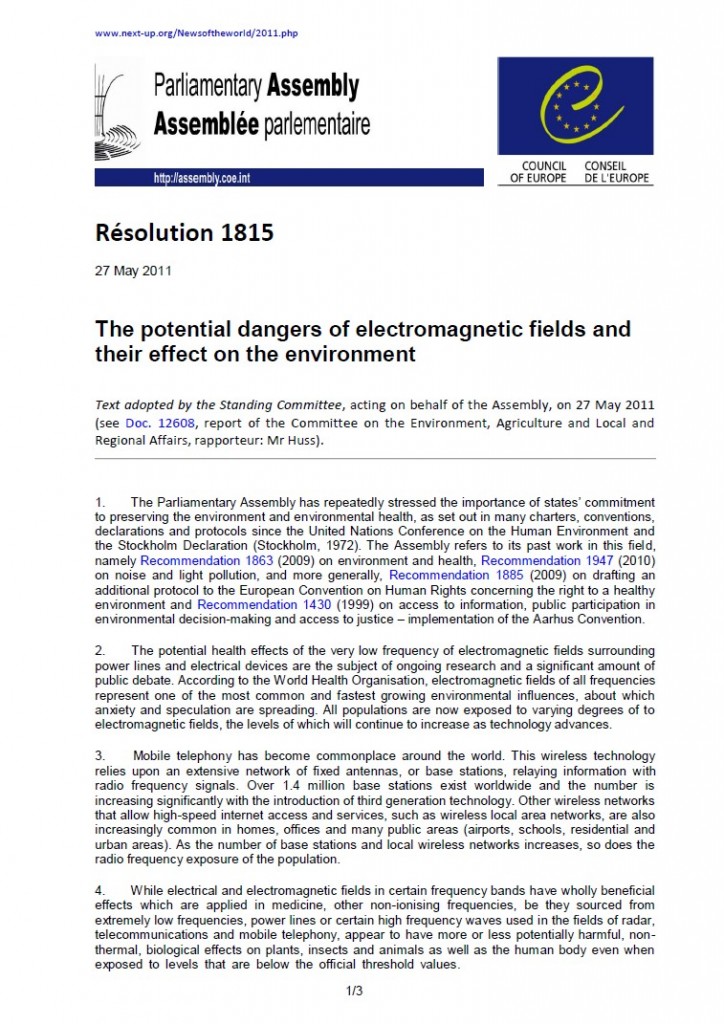Portada del sitio > Prensa > Italian RF–Animal Study: “Consistent with” and “Reinforces” U.S. NTP Cancer (...)

Italian RF–Animal Study: “Consistent with” and “Reinforces” U.S. NTP Cancer Finding
Sábado 24 de marzo de 2018 · 748 lecturas
Italian RF–Animal Study:
“Consistent with” and “Reinforces” U.S. NTP Cancer Finding
Ramazzini’s Belpoggi Calls for IARC To Reassess RF–Cancer Risk
Partial results of the Ramazzini Institute’s RF–animal study, which show a statistically significant increase in tumors in the hearts of male rats exposed to GSM radiation, were officially released today. They appear in Environmental Research, a peer-reviewed journal.
As we reported last month, the Ramazzini finding of Schwann cell tumors —called schwannomas— in the rat hearts is consistent with a similar finding by the U.S. National Toxicology Program (NTP) in a $25 million RF project, the largest of its kind.
In an interview with Microwave News, Fiorella Belpoggi, the senior author of the new paper and the director of the Ramazzini Institute’s Research Center in Bologna, Italy, offered her views on the new results, the parallels with those of the NTP and the implications for IARC’s designation of the cancer risk of RF radiation. The Ramazzini experiment took ten years to complete.
A copy of the RI paper is available here. For more about the study, see our February report here. And click here for our detailed coverage of the NTP RF project.
MWN: How would you compare your results to those of the NTP? Are they consistent?
FB: The RI findings on far field exposure to RFR are consistent with and reinforce the results of the NTP study on near field exposure, as both reported an increase in the incidence of tumors of the brain and heart in RFR-exposed Sprague-Dawley rats. Furthermore, these tumors are of the same histotype of those observed in some epidemiological studies on cell phone users.
MWN: What comments do you have about the fact that both animal studies found increases in schwannoma of the heart?
FB: The RI findings on heart tumors are consistent with the results reported by the NTP. The two laboratory worked independently at many thousands of kilometers distance, using the same strain of rats, and found the same results. It cannot be by chance. Both findings are also consistent with the epidemiological evidence, where an increased incidence of tumors of the same cells (Schwann cells) of the acoustic nerve had been associated with the use of mobile phones. We and NTP have evidenced the hazard of RFR exposure, as regards the risk we have to consider that about seven billion of people are exposed on the planet, and even if the risk is to be considered low, due to the large number of exposed individuals, we could expect thousands of people affected by serious diseases like cancer of the peripheral nerves and brain.
MWN:: One seemingly anomalous finding is the fact that you saw four cases of schwannoma of the heart among the female control rats. Any thoughts or comments about this?
FB: In females of the control group the incidence is within the observed fluctuations, but indeed we found also higher incidence of schwannoma of the heart in female (5 V/m), as well as Schwann cells hyperplasia (50 V/m), although not statistically significant. It is not anomalous, tumors could arise also spontaneously, a carcinogen just increases the incidence of spontaneous tumors, it is not inducing new diseases, but, again, it is just increasing the expected ones.
However, the statistically significant increase in the incidence of heart schwannomas observed in male rats in the late part of their life, both in the RI and NTP studies, are consistent with the epidemiological findings, where the highest increase in risk of vestibular schwannoma among humans exposed to RFR was observed in men over 50 years of age with the highest cumulative exposure. Gender differences are common in carcinogenesis response to chemical and physical agents.
MWN: Any comments about the fact that you found the most cases of schwannoma of the heart among the rats in the lowest RF exposure group.
FB: In spite of the fact that we found the most cases of schwannoma of the heart among the rats in the lowest RF exposure group, a statistically significant increase in the incidence of heart schwannoma was observed only in treated male rats at the highest dose (where also the highest number of cases in males was observed). Statistics takes into account different parameters, not only the number of tumors, so, these are the results with the used tests, described in our paper. Furthermore, also an increase in the incidence of Schwann cells hyperplasia was observed in treated male rats at the highest dose, although this was not statistically significant. Mechanistic studies are not yet completed and we do not know what is the interaction between RFR and biological material, and also what is the intensity of the field which has the worst adverse effects.
I would like to add that the study is not yet completed, these results are partial and we decided to publish them with the aim to improve public health, due to the impact of RFR global exposure, in order to reinforce the NTP study findings and give this information to policy makers and regulators. At the end of our study, when histopathology will be completed (one year depending from the funds we will be able to collect in the next few months) more details will be provided on other parameters and possible adverse effects on other organs. Our work is to produce data (independent data!) and not to give opinions on the results. Statistics was appropriate and the paper reports the results.
MWN: Given your and the NTP results, do you believe it is time for IARC to take another look at the carcinogenicity classification of RFR?
FB: The experimental findings from the RI and the NTP studies provide sufficient evidence of hazard and call for the re-evaluation of IARC conclusions regarding the carcinogenic potential of RFR in humans.
MWN: Is there anything else you would like to add about your and the NTP studies?
FB: I would like to remember that in the 1980’s both NTP and the Ramazzini Institute found the same results studying benzene carcinogenicity. In particular, Zymbal gland carcinomas —very rare tumors— were found by the two laboratories. These finding was very much criticized by the detractors of both laboratories, but, 30 years later, the IARC Monograph states that benzene is a known carcinogen. It is unlikely to find the same rare tumors by chance.
Both experimental studies provide sufficient evidence to call for the re-evaluation of the carcinogenic potential of RFR in humans by IARC which classified RFR as a Class 2B “possible” carcinogen in 2011. Recent studies, including the ones by the NTP and RI, would support a higher carcinogenic classification.
MWN: Are you coming to the NTP peer review meeting in North Carolina next week?
FB: No, I am not coming at the peer review meeting. I will follow it over the Web.
Ver la entrevista original AQUÍ







